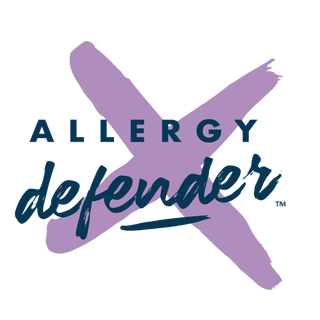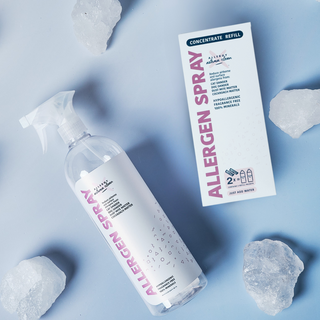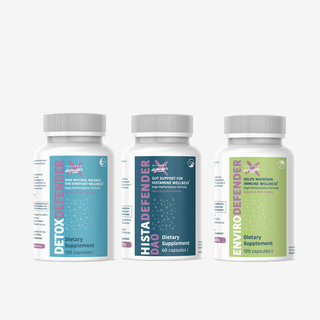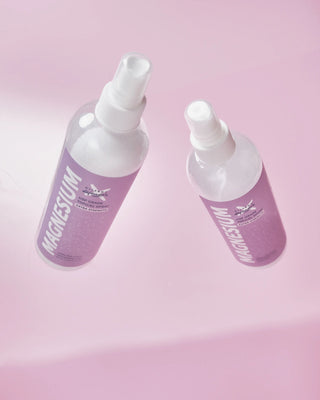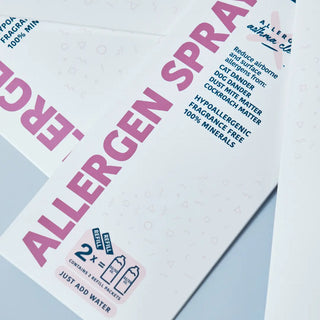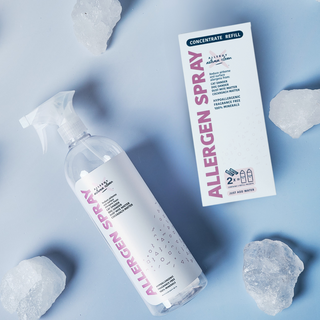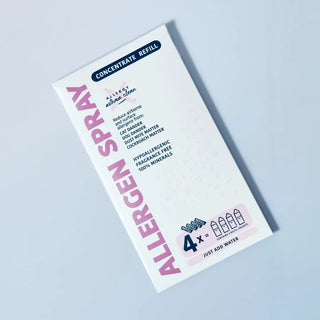

True or False?
Hypoallergenic Hype
Debunking the Myth of Allergy-Free Pets
“Hypoallergenic” pets sound like the dream — cuddles without sneezes. But the truth is, no cat or dog is completely allergen-free. Allergic reactions aren’t caused by fur itself but by microscopic proteins in pet dander, saliva, and urine. Even low-shedding breeds like poodles and sphynx cats produce allergens that can trigger sneezing, wheezing, and watery eyes. The good news? You don’t have to give up your furry friend — with the right combination of cleaning, air filtration, and Allergy Asthma Clean Allergen Spray by Allergy Defender, you can control allergens in your home and enjoy a more comfortable, pet-filled life.
Key Takeaways
- No pet is 100% hypoallergenic. Pet allergens come from proteins in dander, saliva, and urine — not from fur or hair length.
- So-called “hypoallergenic” breeds, like poodles or sphynx cats, can still produce allergenic proteins such as Can f 1 (dogs) and Fel d 1 (cats).
- Pet allergies vary by individual. People react differently to specific proteins, and sensitivity can depend on exposure levels, immune response, and environment.
- Managing allergens at home—not just treating symptoms—is key. Wash fabrics in hot water, change air filters, keep pets out of bedrooms, and declutter.
- Allergy Asthma Clean Allergen Spray by Allergy Defender provides powerful, family- and pet-friendly allergen control by neutralizing airborne and surface allergens for cleaner, healthier air.
Are Hypoallergenic Pets Too Good to Be True?
"Hypoallergenic" pets – magical creatures designed to deliver all the cuddles without the sniffles. But is this promise too good to be true?
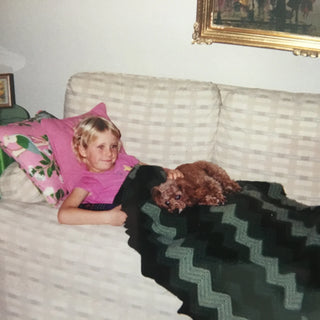
Hypoallergenic Poodles and a Hospital Trip
I was five years old when I had my life-threatening asthma attack on Christmas Eve, brought on by two "hypoallergenic" poodles and the family Christmas tree. This asthma attack was different; I was barrel-chested, in and out of consciousness, and not even the doctors were sure if I was going to make it. Having an asthma attack was not a new occurrence for me; I had had many by the time this attack had happened. After all, I lived in a house with two "hypoallergenic" poodles. The house was always clean, and so were the poodles. I wasn't allowed to hug them or pick them up (I did anyway!), but I could have them on my lap with a blanket, and I had to wash my hands and face right after. It didn't help; my asthma was so out of control that by the time I climbed to the last step of the second story stairs in my grandmother's house, I had to reach for my inhaler. How could two "hypoallergenic" dogs affect my health so much? They don't shed as much as other dogs. And they only have hair instead of fur. What is the truth? Are hypoallergenic pets real, or is it an excellent marketing term to sell more pets?
The #1 Best Hypoallergenic Dog Breeds
And the winner is: The poodle! The poodle is still considered the number one best hypoallergenic dog due to less shedding and curly, dense hair. Surprised?
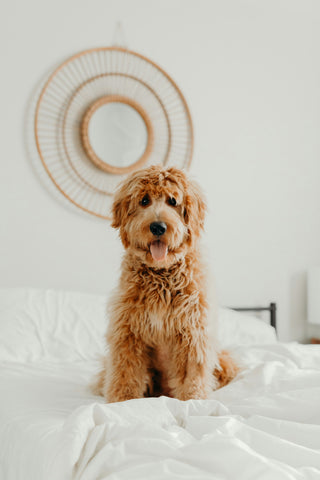
(Hint: It's Not the Fur)
Dander Danger: What Really Triggers Dog Allergies
While dander often gets the blame, dog allergens are also present in their saliva, urine, and even blood.
Pet dander is made up of tiny flakes of dead skin shed by dogs (and other animals with fur or feathers). It's microscopic, around 1-10 micrometers in size, making it easily airborne and difficult to see. Dog saliva, urine, and even blood contain an allergen protein, which can also trigger allergic or asthmatic attacks in some individuals.
There are seven named dog component allergens identified, so having a truly hypoallergenic pet is highly unlikely. A significant percentage of the population is mainly allergic to the dog allergen Can f 1.
Dog allergen levels compared between hypoallergenic and non-hypoallergenic dogs
"There was no evidence for differential shedding of allergen by dogs grouped as hypoallergenic. Clinicians should advise patients that they cannot rely on breeds deemed to be “hypoallergenic” to in fact disperse less allergen in their environment."1
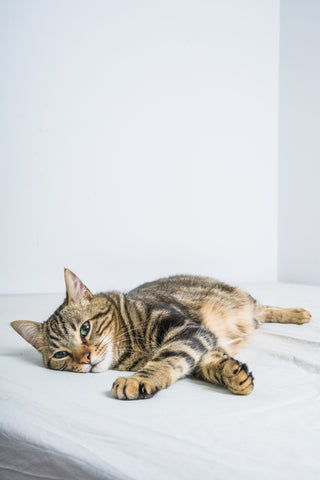
The Cat Hair Conspiracy
We all think of the Sphynx cat as the safest bet for those of us who have pet allergies. Hair length or not even having hair still plays significant role in the production of Fel d 1.
Fel d 1 is the major cat allergen to which up to 96% of all patients react. So, while hairless cats might feel safer, they still produce allergens through saliva, dander, and urine. These allergens, such as the saliva from your cat, can become airborne, where they are more likely to cause an allergic reaction. Hair is not the problem.
The #1 Best Hypoallergenic Cat Breeds
Low-shedding:
- Siberian Forest Cat: Known for surprisingly low shedding despite thick fur, requires regular grooming.
- Balinese: Long haired Siamese variant with moderate shedding, needs regular brushing.
- Devon Rex: Unique curly coat with minimal shedding, may require occasional baths.
- Cornish Rex: Similar to Devon Rex with wavy coat and minimal shedding, needs regular grooming.
Hairless:
- Sphynx: Requires regular skin fold cleaning.
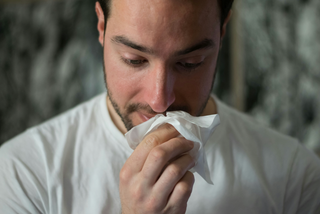
Individual variations in allergy severity and triggers
While we've established that dander, saliva, and urine are the true culprits behind pet allergies, the picture gets even more complex when we consider individual variations. It's not just a "sneeze or no sneeze" scenario; a whole rollercoaster of severity and specific triggers awaits allergy sufferers.
- Allergen Sensitivity: Our immune systems react differently to allergens. Some individuals have hypersensitivity, meaning their immune responses are stronger, leading to more severe reactions.
- Trigger Specificity: Not everyone reacts to the same proteins within dander, saliva, or urine. Specific proteins within these substances act as individual triggers, leading to personalized reaction profiles.
- Exposure Levels: The amount of allergen exposure plays a big role. Frequent pet interaction, poor air quality, and lack of management strategies can amplify reactions for even "mildly" allergic individuals
Truly hypoallergenic pets don't exist
Pet allergies don't have to stand in the way of furry friendship! While there's no such thing as a perfectly hypoallergenic pet, there are steps you can take to manage allergies and welcome a companion into your life.
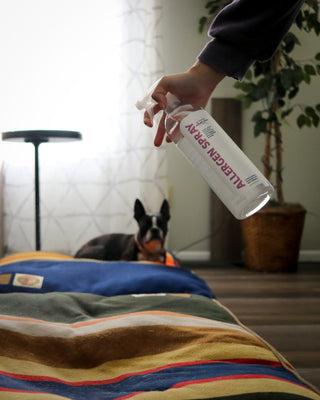
Want to adopt a "hypoallergenic" cat or dog?
If you still feel like a "hypoallergenic" pet might be right for you. There are a few steps you can take to protect yourself.
Don't rush it. Do your research. What pet would fit your lifestyle? How would the possible allergic reactions affect your life?
Spend time with your new best friend; a few hours or even a whole day would be ideal. Depending on how severe or mild your allergies are, your symptoms could take a few minutes or days to show up; take note of how you are feeling.
Make a haven zone. Make the bedroom a pet-free space; this will better protect your health and give your body the ability to recover.
Get the right help. Talk with your doctor or allergist before getting a pet and see what steps you can take to help yourself. A few options are allergy shots and sublingual immunotherapy, or SLIT for short.
Treat the home, not just the symptoms. Allergies can be a struggle, making you fatigued and miserable. While allergy medication can help, you can look outside the medication box. Start treating allergens in your home wit frequent air filter changes, wash items in hot water or throw them in the dryer for 15 minutes on high heat, de-clutter your home, and use Allergen Spray. It's time to treat the source, not just the symptoms.
Source
1.https://www.ncbi.nlm.nih.gov/pmc/articles/PMC3680143/
